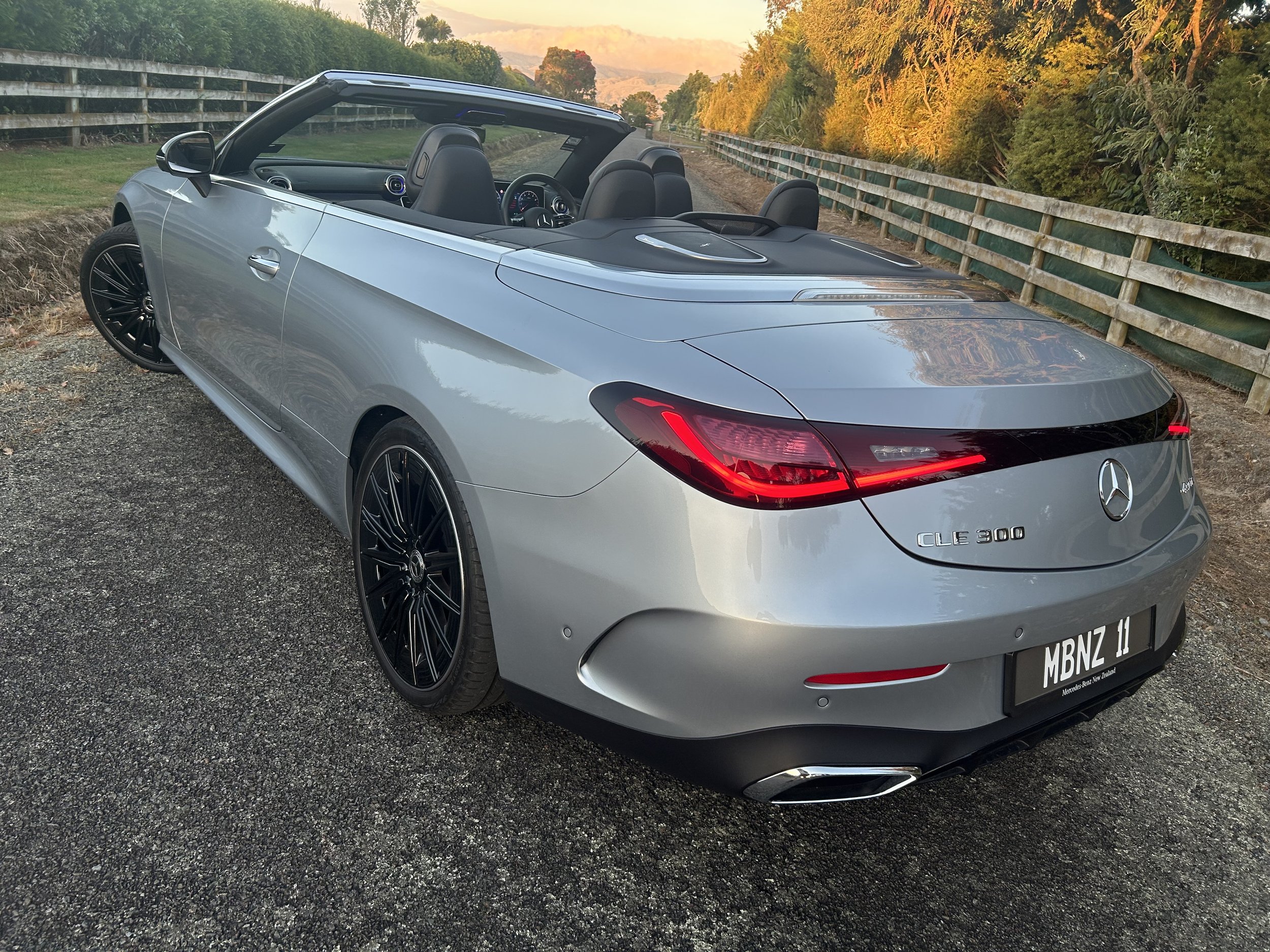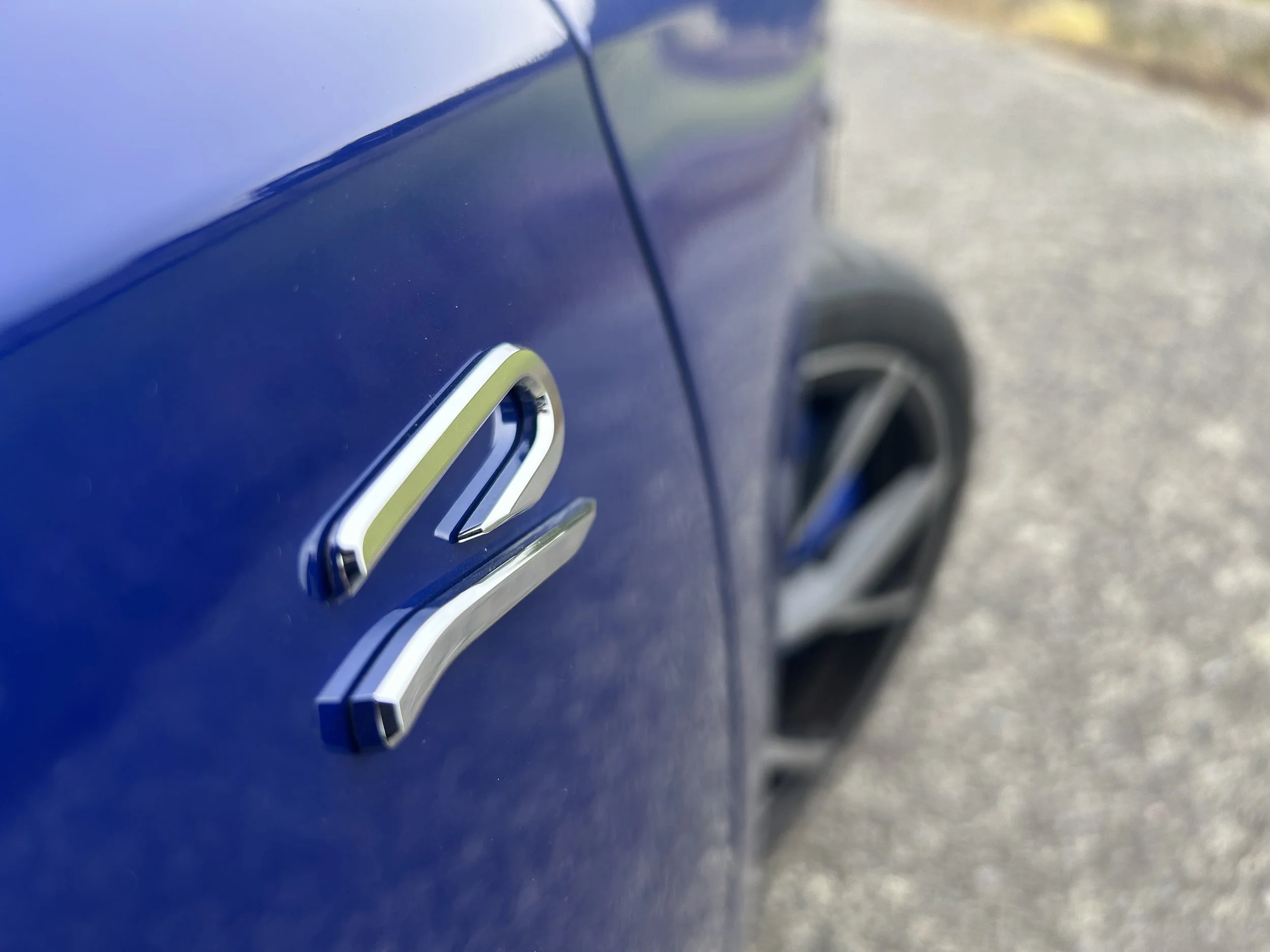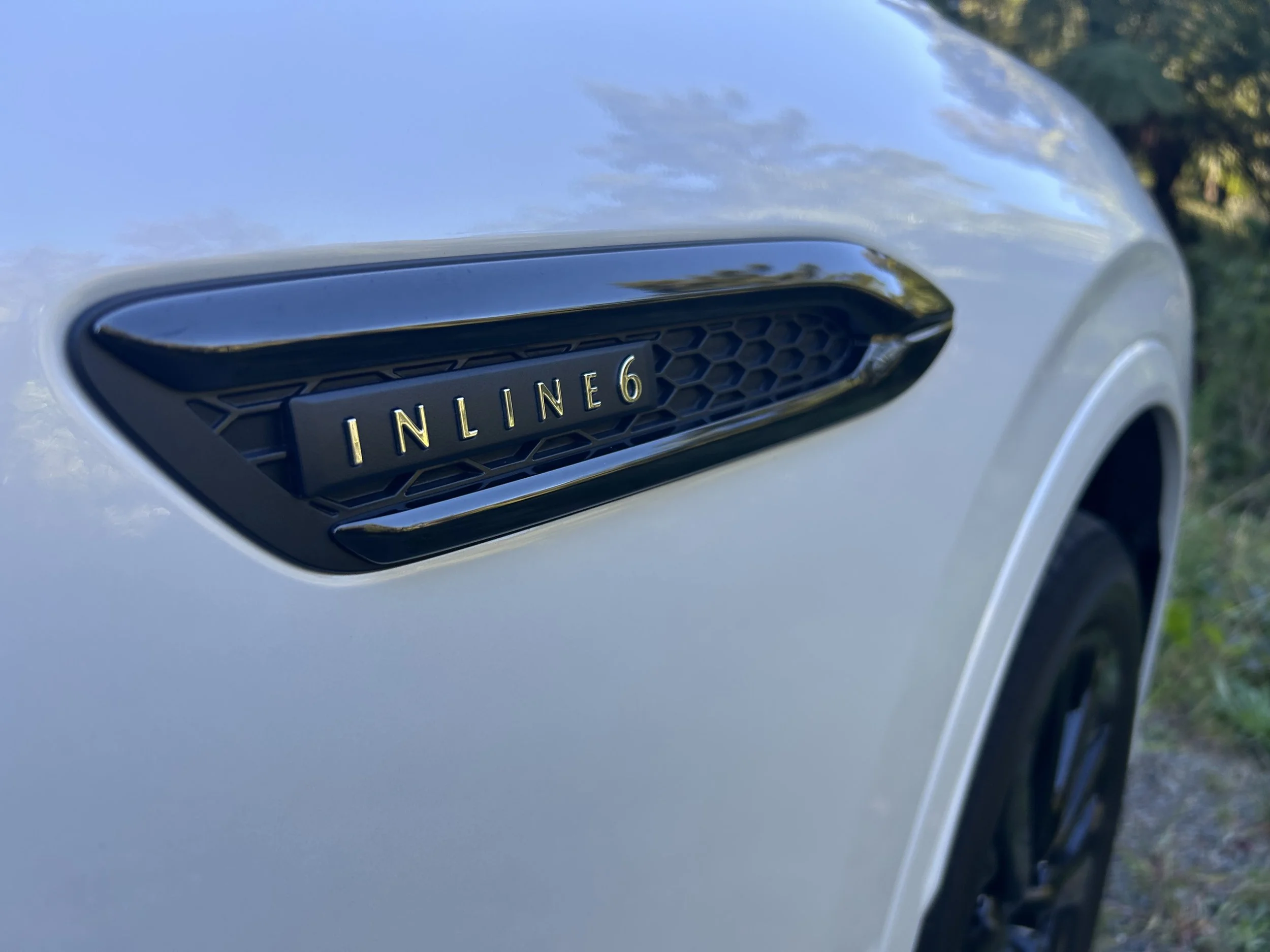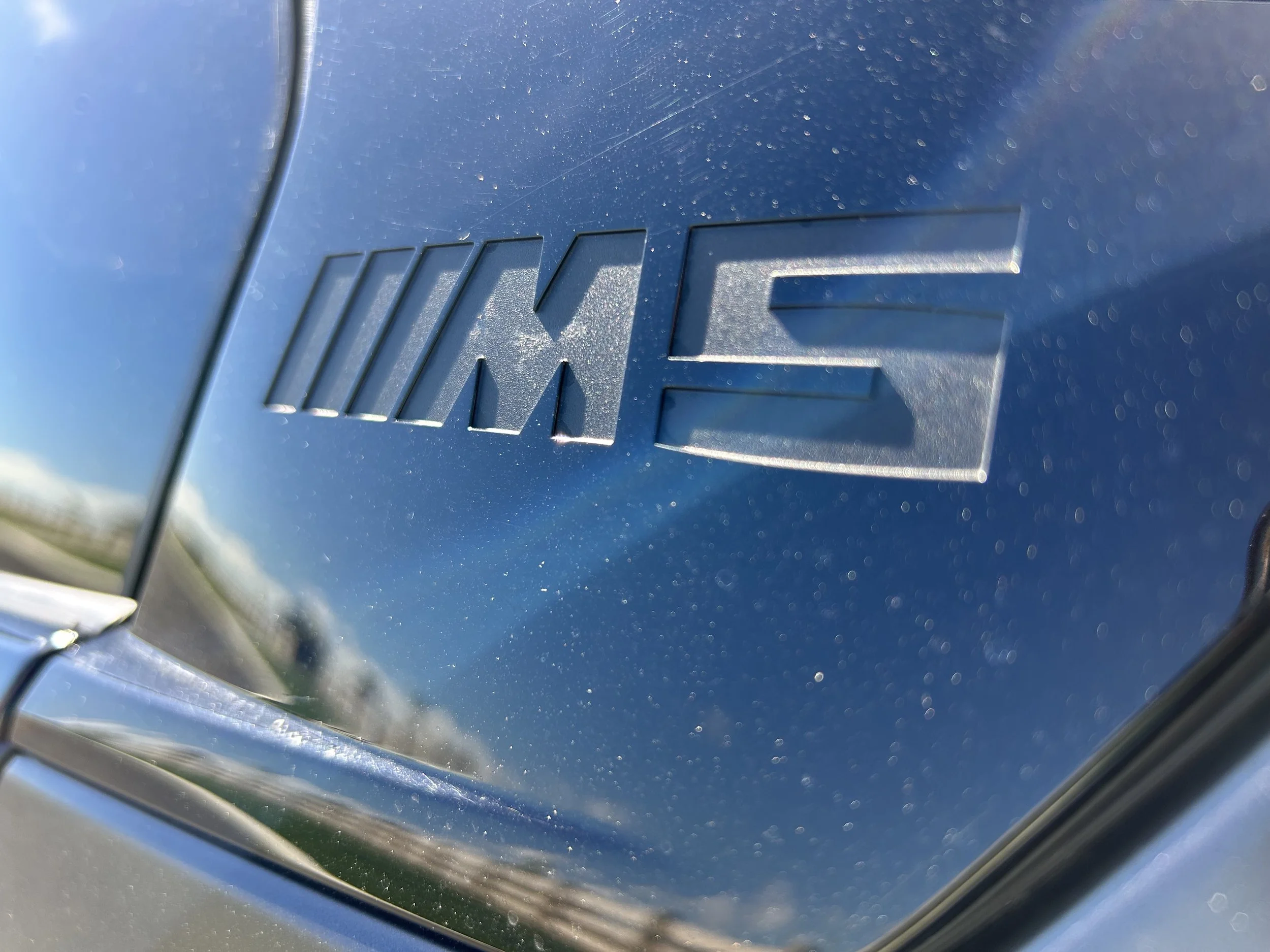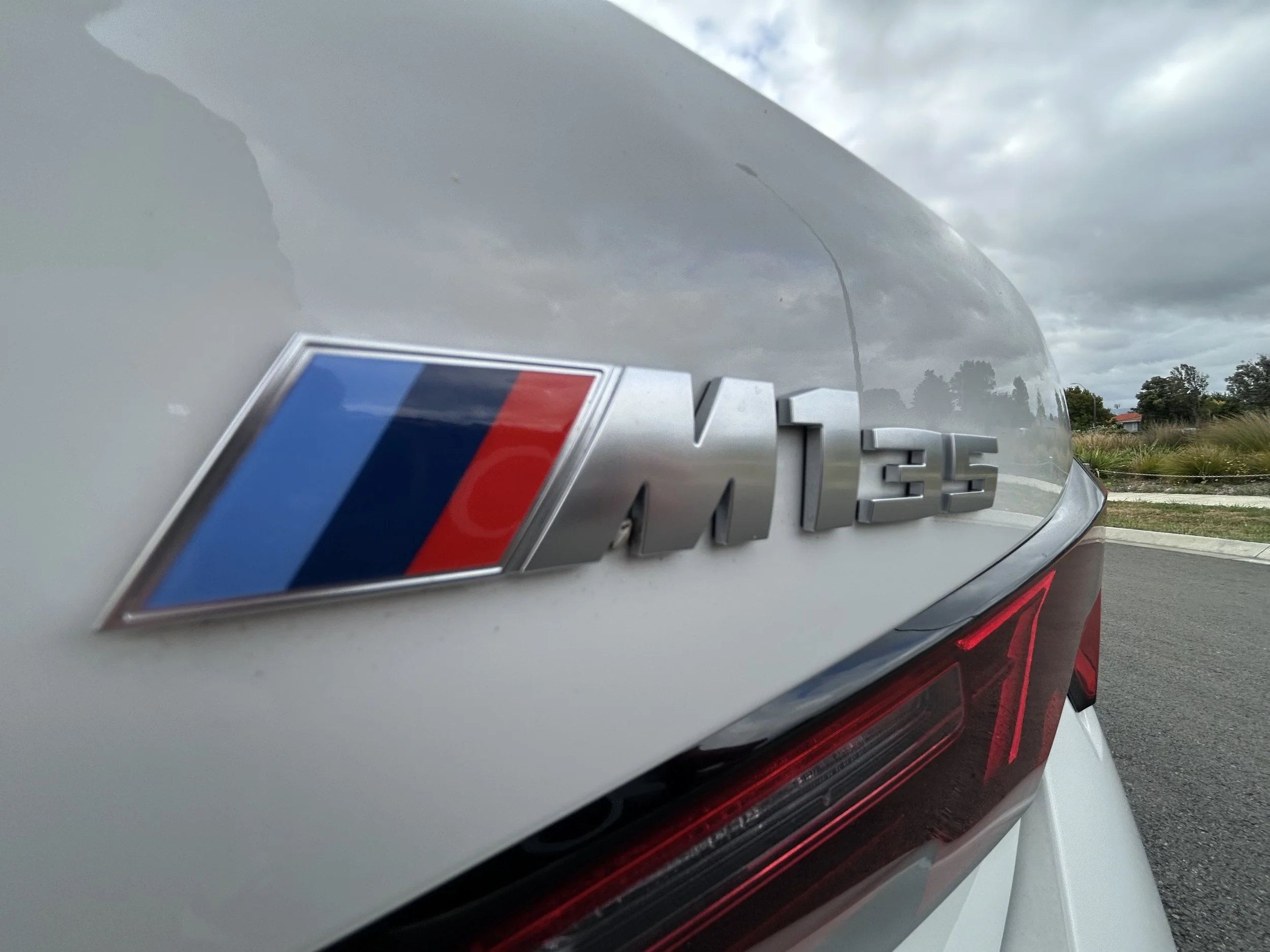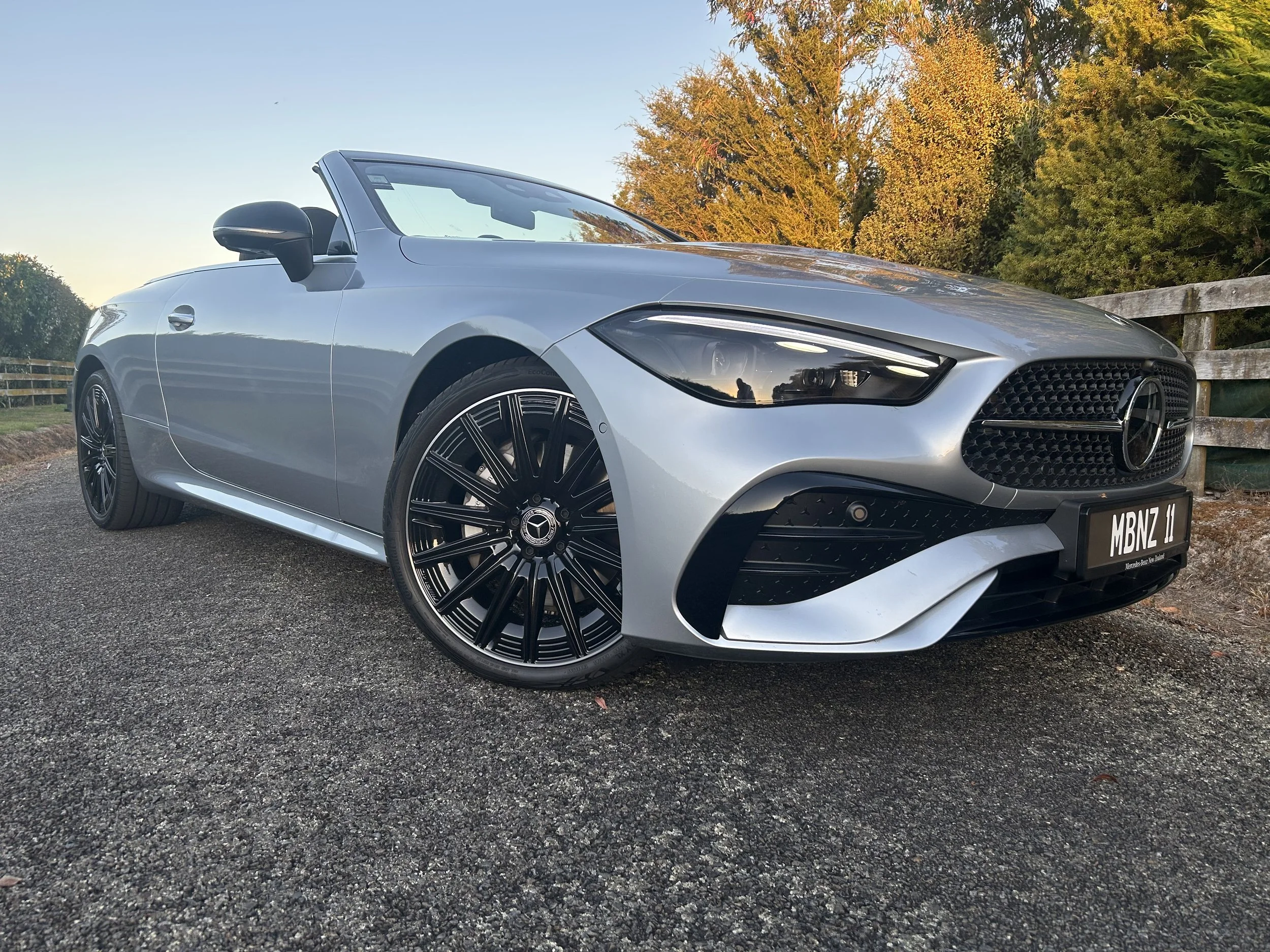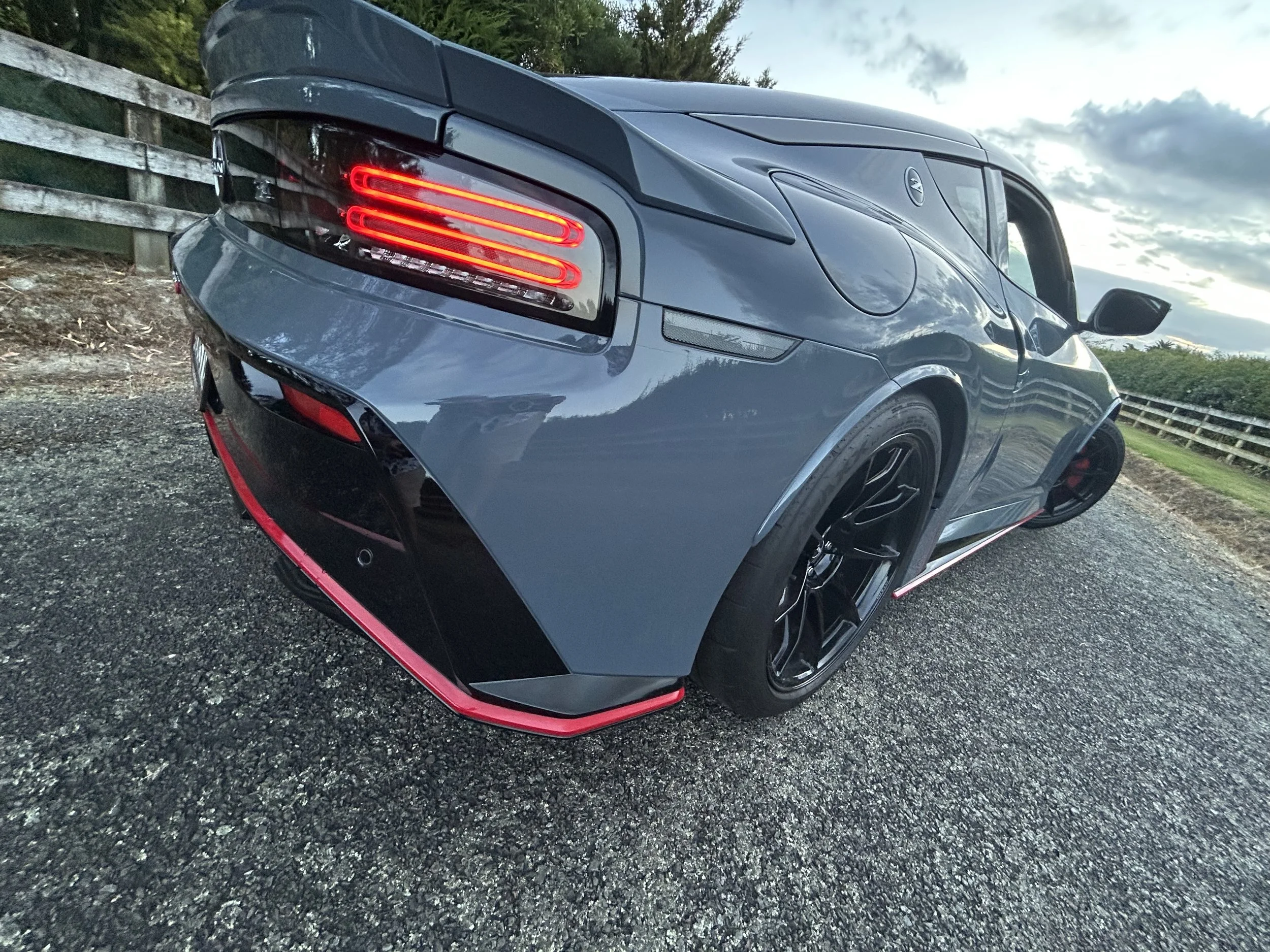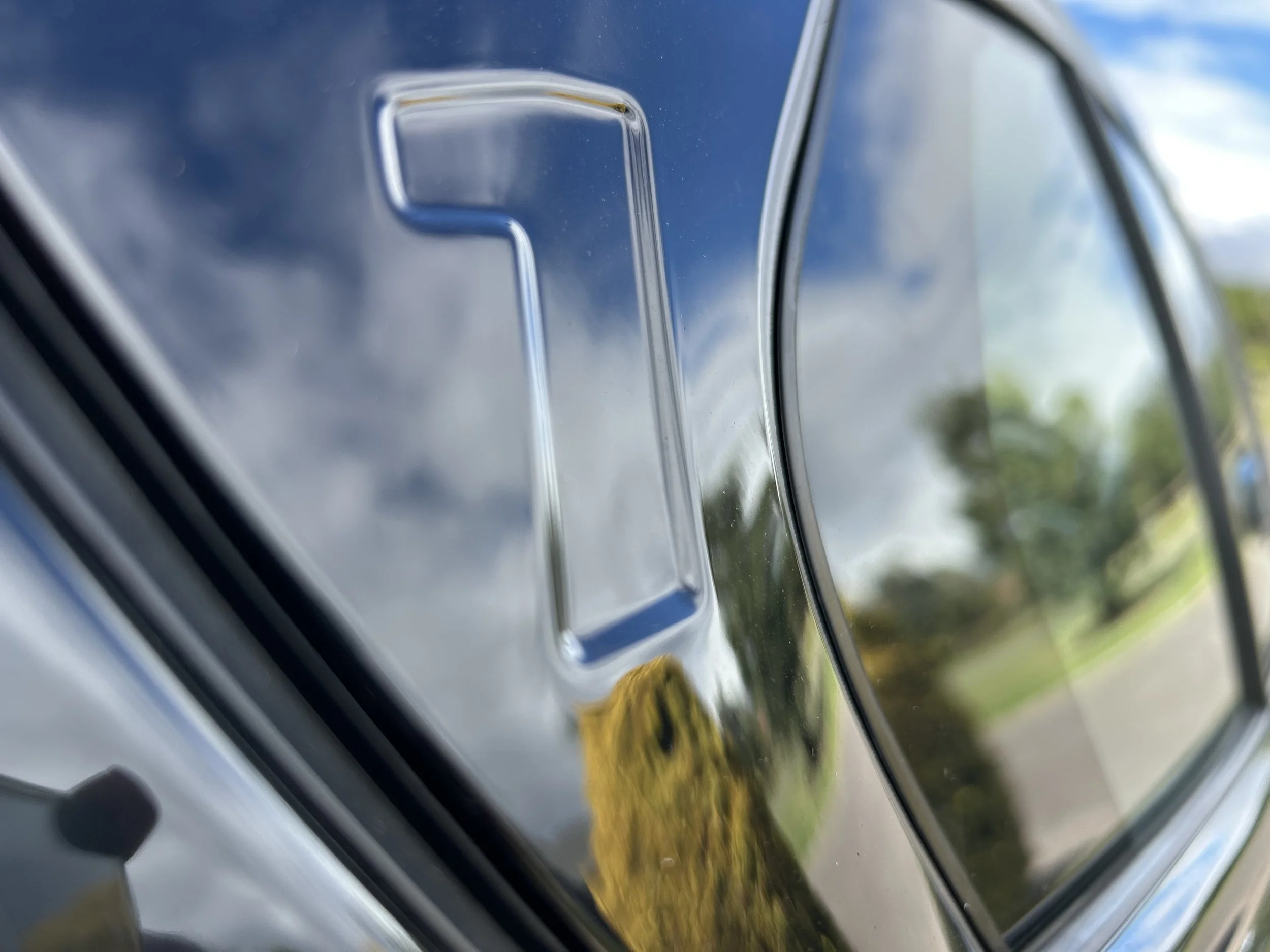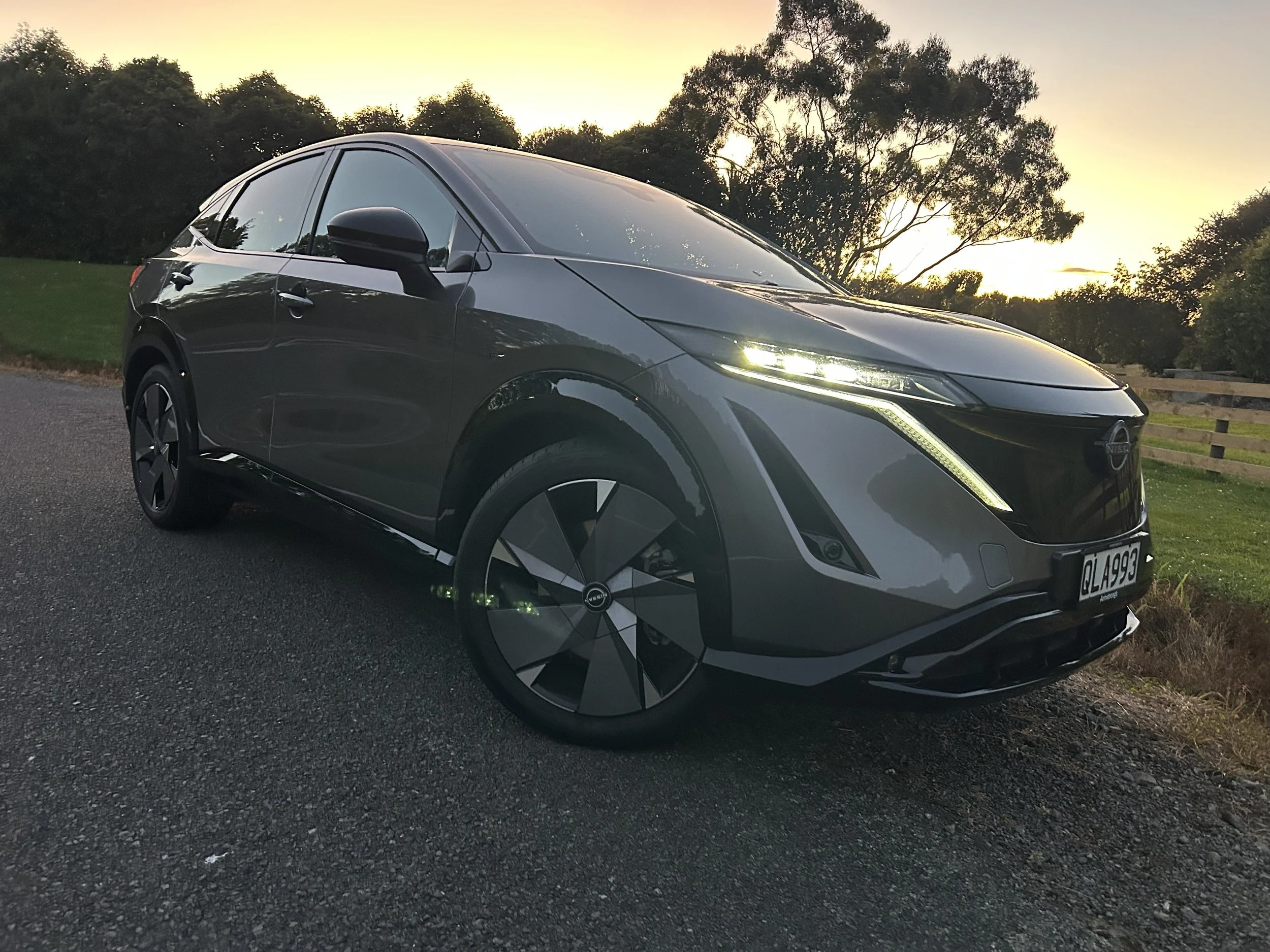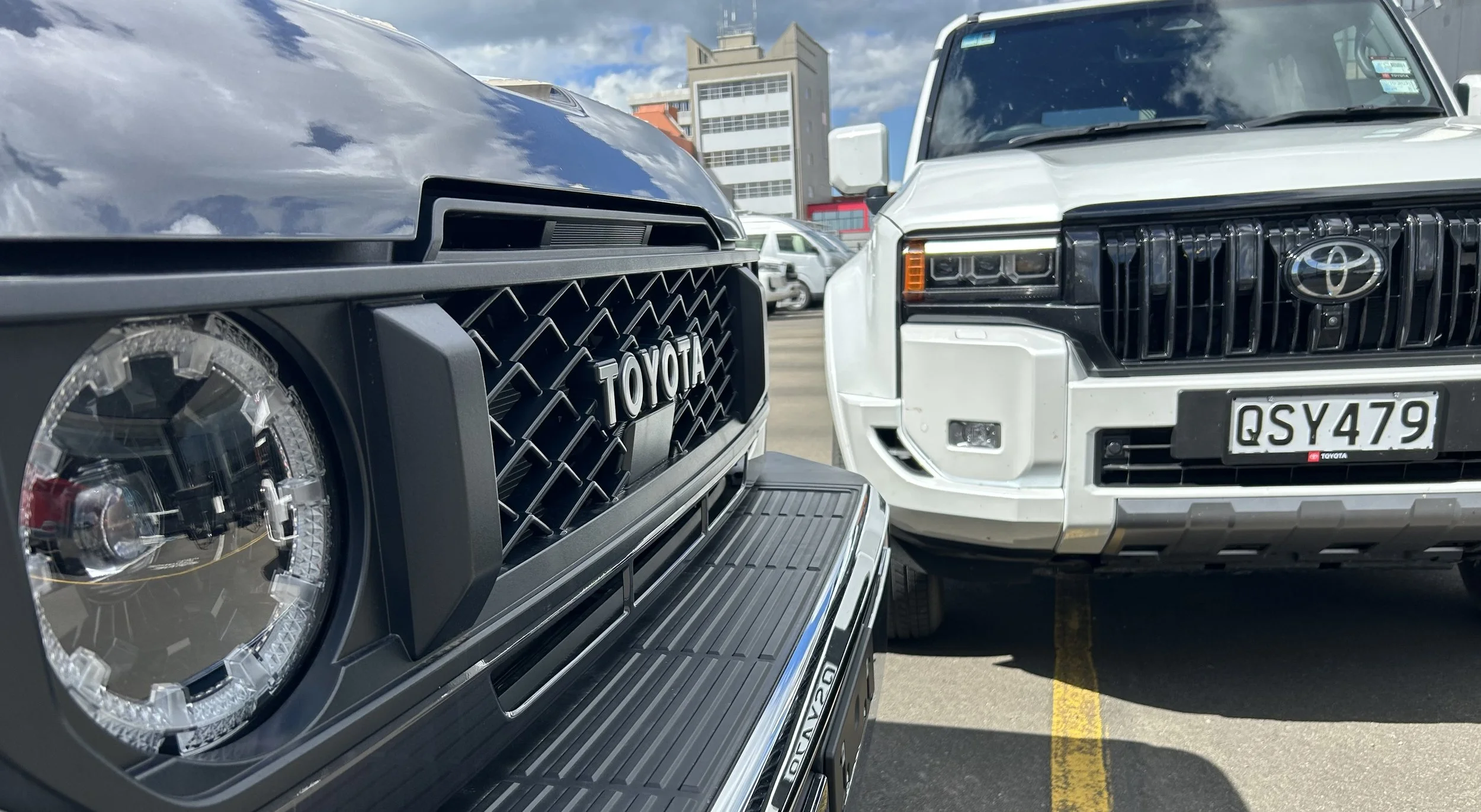Mercedes Benz CLE 300 Cabriolet road test review: Elemental attraction
/Some days you just want to drop the top and cruise. For those self-indulgent types seeking a premium car with an extra hefty dollop of glam, here’s a pretty decent choice.
How much? $142,900 as tested.
Powertrain: 2.0-litre four cylinder turbo petrol 190kW/400Nm, nine speed automatic, all-wheel-drive.
How big: 4850mm long, 1419mm high, 1860mm wide, 2840mm wheelbase.
We like: Perhaps the least blustery cars in its class with the roof down; majestic driving feel; Instagram worthy looks.
Not so much: Limited boot space; driver’s foot rest not designed for size 12s; rear seats still a short term stay.
WHAT better time than a period of nothing but sunny weather to lift the lid on one of the very last all-new Mercedes models designed primarily for combustion engines?
The week just spent with the CLE 300 cabriolet was extremely pleasant; with rain never on the daily forecast, full opportunity was taken to run it as it should be driven, in full alfresco style.
That it’s a car that does this well should come as no surprise. Among the world’s luxury car makers, Mercedes has a good reputation for quality. Additionally, it seems particularly devoted to the drop-top.
I’ve read that this is possibly because Germany is Europe's biggest buyer of convertibles, followed by the UK (yes, despite it’s reputation for tumultuous weather).
That the home market for the world’s oldest car brand is so keen on product such as this must say something good, because Germans are known for pragmatism far more than they are for being outright passionate and this is the kind of car that you’ll likely buy with your heart as much as your head.
Still, this is a car that is now affected by a common sense attitude. While the Mercedes new car catelogue as a whole is extremely broad, you will nonetheless see that the choice of convertibles and roadsters on its books isn’t as broad as it once was.
Chief losses from the three-pointed star’s stable include the compact C-Class, midsized E-Class and grandiose S-Class Cabriolet models.
That the CLE exists reminds that Benz is keeping the faith; there’s too much heritage here to ignore. Even so, that the ‘one’ seen here used to be ‘two’ is also a response to the realities of an ever-altering market.
The CLE is a final chapter car in that it very much appears to be the last of its kind to be presented with a fossil fuel engine. Electric is the future for all Benz product, including this one.
But it is also a new chapter car in that the CLE, in the open and closed steel-roofed coupe formats now here are a one-stop replacement.
Primarily, the CLE Cabriolet consolidates the open ‘C’ and ‘E’ product lines, while even bringing with it a whiff of S-Class-like glamour. No small task.
It conceivably needs to build on strengths of at least the two cars whose letters now form into the new name and which each managed to establish their own fanbases.
Those who sought these looks in a compact form assuredly gravitated to the C-Class. Those who need something more expansive, and could stand that provision being more expensive, very likely drove the E-Class volume.
And now? Good news. If either tribe is looking to a best of blend solution, then it’s hard to think of much that might cause them to have a sales-destroying dislike. In cabriolet execution, I’d agree with argument that Benz has taken the best bits of both previous cars.
For sure, Like the CLE coupe, the cabriolet is a car designed to put feel-good above everything else; it’s certainly not the most practical choice, nor perhaps even the best value version, but it clearly is one of those editions that will snare an extra-special social standing.
In respect to that, could contend both groups can at least be satisfied they’re not being sold short. Rather than sit between those forebears in terms of size, the CLE upsells: It’s not only rather bigger than the C-Class Cabriolet, but is also marginally longer (15mm) than the outgoing E-Class ragtop, though the wheelbase is slightly smaller.
The end result is well-sorted; design-wise, it maintains the sleek, attractive ambience that’s long come with those cars in either size.
Whether you're a drop-top fan or not, there's no denying that this styling execution is very successful. Mercedes has spent decades honing its convertible craft and clearly worked very hard to ensure this execution was meeting the high mark set by some of its predecessors.
It’s as much a stare magnet as the coupe - from which it shares signifiers of a double-straked bonnet, sleek front-end styling and full-width rear light strip reminiscent of the company’s EQ electric vehicles - with its roof in either the up or down position. Okay, perhaps even moreso with the roof stowed, but that’s how it should be.
When the lid is up the roofline isn’t quite as seamless in its sweep, but overall you get the same kind of schmooze. Just with added sunshine, as and when you require it. In our case, on a daily basis.
The other plus point is that the CLE is almost as also honest about its four-seat potential as the old E-Class was, and even if the back seats aren't quite as comfortable as those in the front, it delivers a better deal than the previous C-Class.
Sure, that’s just to a point. Even though it has four seats, it not exactly a full scale four-seater. Two plus occasional two is more its style; if you’re away for a holiday, you might find it easiest to treat the back seats as useful extra luggage space.
Mind you, you could argue the same would go for the Coupe, as boot capacity-wise it has just a 35 litre advantage over the Cabrio, which 385 litres with all seats in use and the roof up. If holidaying roof stowed there’s clever electric separator to maximise the reduced space.
For short duration rides, if driving four-up and everyone is being adult about it, it’s not uncomfortable. To fit anyone of adult dimension in there will very likely still ask for the front seats to be moved forward, but not so much as to utterly compromise their occupants’ comfort.
That’s a big step over the C-Class cabrio where, if occupants up front were long in leg then you might as well have given up on it having a rear seat. Now there is at least opportunity to offer others a ride. Accessing the rear is still simple enough, with a flick of a lever moving the front seat forward electrically, and it’s more decorous for most.
All the same, it is at its very best with two aboard when, with the roof stowed, it is enough of an oasis of calm for the front seat occupants with just the side glass up; everything just pushes over the top of the screen.
That hasn’t been enough for Benz, because it also provisions two wind deflectors - a spoiler that lifts from the top of the windscreen surround and a grated plastic baffle that emerges from behind the rear seats - that enact with the push of a button sited between the separate controls to lower and and raise the roof.
With these extended the car is ever more impressively quiet and unruffled, to point you sense only those with the most extravagant hairstyles will feel disturbed, and even then it would be a very mild buffeting.
The excellent Burmester delivers amazing audio quality as you cruise along in style at urban pace, but is a bit taxed to be heard at open road pace, in part because the rear speakers are right in the open, behind the rear seats. Yet within the cabin proper, it’s so much less ruffled even at higher speeds with the roof down, passengers can talk without shouting.
Meanwhile, if you put the multi-layered fabric roof up, you’d be forgiven for thinking you’re in the coupe, such is the lack of either wind or tyre noise. It is quite impressive in its acoustic qualities.
The attention to detail is, unsurprisingly, pretty decent. Proven droptop-specific tech includes Airscarf neck warmers to keep you toasty on cooler days and the chairs’ leather having some sort of a sun-reflecting treatment to help keep them cool.
Does absence of one nice embellishment that worked so nicely on the open E-Class - wipers that only wash on the down stroke so as not to get you wet when you're cleaning the screen - relate to some effort to keep cost in check?
Where as the Coupe delivers with a turbocharged 2.0-litre four-cylinder in two distinct states of tune, and has just been joined by an AMG-prepped V6, the open-air car just lands in the ‘300’ specification that is the mid-point of the hardtop family; so, a 190kW/400Nm unit paired to a nine-speed automatic and all-wheel drive.
Consideration that a four cylinder is more for cruising than bruising isn’t wrong and some might argue it is the better way to go with this variant anyway. Still, impression that this formula wholly favours a relaxed, unflustered approach undersells the full potential.
While it is not as fiery as an AMG model by any means, there is still genuine chutzpah. Benz will remind that allowing this car to deliver good economy and emissions is only half the reason for it having a 48 volt mild hybrid system. Equally relevant is that the electrics can help generate 605Nm of torque in short bursts. This explains why it shrugs off its significant mass of more than 1800kg.
All the same, the primary ambition here is to make it seem a properly swish one. The nine-speed automatic is as slick as they come, shifting beautifully and offering a generous spread of ratios, and this engine is mainly smooth.
The persona of a comfortable, able cruiser with some agility is one that seems to fit this car pretty well, too. On the right day, on the right road, at the right speed open top cars always feel special. Mercedes knows this, as does its clientele.
The CLE feels pretty much as you’d want it to, really; steering accurately enough and the ride and body control are fine. Yet while it feels able and agile in the corners the greater reason for why it feels special is more to do with how it imparts an ambience of being well-engineered: There’s a solidity to its demeanour.
As expected, the cabin is of high quality. Every version of the CLE comes well-equipped but the Cabriolet seems just that little bit more special. It’s priced from $137,000, but this one elevated another $5900 from having 20-inch wheels and a ‘Plus Package’, which includes cooled ‘multicontour’ front seats, air purification, and memory parking assist.
The widescreen TFT displays that sweep across the dashboard are impressive. Of the the 11.9-inch infotainment portrait display in the centre of the console, a 12.3-inch tablet for the digital dials and then a big, crisp head-up display above that, just the latter can be a bit hard to read in full sunlight when you’re wearing sunglasses.
The ambience is enhanced by multiple colour combinations for the ambient lighting and massaging function for the front seats, in addition to the usual electrically-driven lumbar and side bolster adjustments.a beautiful level of fit and finish to be found. An aluminium-lined open-pore wood is there to give the the ambience of a high-end yacht with some exquisite decking.
Mercedes’ unusual ergonomics - column-mounted shift lever, solitary column stalk on the left for the main beam, wipers and indicators, seat adjustment controls on the door cards and so on - might take a little getting used to if you’re shifting in from another brand, but I cannot think of anything that is head-scratchingly hard to fathom. If anything requires committed pre-departure acquaintance it’d be the spoke controls on the steering wheel. Just to help you get started; the left-hand buttons control the infotainment screen, and the right-hand buttons take care of the instrument cluster.
One of a kind? Not quite, though there aren’t too many rivals nowadays. BMW has a soft-top 4-Series still in the mix, otherwise there’s logically the Ford Mustang Convertible, which arguable seeks a higher-octane audience, or maybe - at even more of a reach - the MG Cyberster. All linked really by being hard to ignore. Which is really the whole point.

